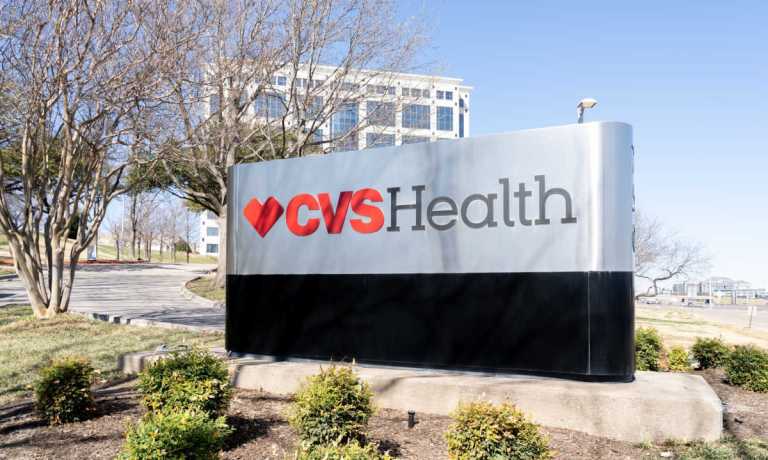CVS Enhances Omnichannel Services to Offer Customers More Connected Healthcare Experience

CVS Health announced profitable fourth-quarter (Q4) and full-year earnings on Wednesday (Feb. 7), crediting initiatives to improve primary care and expand omnichannel health services. These efforts aim to provide consumers with accessible care options, whether in-person, virtually or at home, the company told investors on a call.
In terms of headline numbers, the Woonsocket, Rhode Island-based company reported total revenues of $358 billion in 2023, an increase of about 11% compared to the prior year, and cash flow of $13.4 billion from its omnichannel operations.
“We successfully navigated a challenging environment and delivered on our financial commitments, a powerful testament to the strength of our diversified company,” CVS Health President and CEO Karen Lynch said on the call, adding that the company is “enabling access to high quality, convenient and affordable care” for its 55 million-plus customers.
In December, CVS unveiled its CostVantage model — described by Lynch as “a dramatic change to the current reimbursement model” — as part of efforts to enhance transparency and streamline the prescription medication refund process for its approximately 9,500 pharmacies.
The company announced agreements with several cash discount card administrators to implement the new model starting April 1, a move Lynch said “sets the stage to create more predictable pricing at the pharmacy counter for consumers.”
That same month, CVS announced another initiative, the Caremark TrueCost model, which offers “client pricing reflecting the true net cost of prescription drugs, with continued client visibility into administrative fees.”
Lynch said that streamlined pricing would bolster customer trust in pharmacy pricing and benefits, while also ensuring members maintain consistent access to its nationwide pharmacy network operated by CVS Pharmacy, its retail division.
Read also: CVS Loyalty Chief Says Program Overhaul Driven by Consumer Desire to Keep It Simple
Last year also saw the launch of CVS Healthspire, the new brand name for the company’s Health Services segment, which includes Caremark, Cordavis, MinuteClinic, Signify Health and primary care provider Oak Street Health.
According to Lynch, integrating the capabilities of its healthcare businesses is key to delivering cheaper, connected patient care as well as significant value to its customers.
“When all of our assets work together, we’re able to lower the total cost of care, improve health outcomes, deepen patient engagement and increase loyalty,” she said. “We’re able to unlock up to three to four times more enterprise value when we engage members in more than one CVS health business.”
Overall, CVS Healthspire revenues grew to more than $49 billion and increased more than 12% in Q4, driven by strong growth in the company’s pharmacy services business, as well as the billion-dollar acquisitions of Signify Health and Oak Health in September 2022 and February 2023, respectively.
Giving Primary Care a Digital Touch
In terms of digital, CVS Health Virtual Primary Care, the company’s virtual care solution, which was announced in May 2022, took effect for eligible Aetna-insured members starting in January 2023.
As part of the program, members can access primary care 24/7 and schedule mental health services from licensed therapists and psychiatrists, with the possibility of in-person follow-up care at any in-network provider if needed.
Members can also access their health data, such as lab reports and prescriptions on the CVS Health Dashboard. Additionally, they can share their clinical information with other healthcare providers, allowing for a comprehensive overview of their care across various locations.
“CVS Health Virtual Primary Care offers a more connected healthcare experience that supports patients throughout their health care journey,” Creagh Milford, DO, MPH, senior vice president of retail health, CVS Health, said last January in a press release. “By taking a care team approach and utilizing technology, we can provide more longitudinal and holistic care to create stronger relationships between patients and their providers.”
According to PYMNTS Intelligence research, these unified digital platforms are gaining popularity among consumers and particularly baby boomers, who despite stereotypes suggesting they’re resistant to technology, are increasingly embracing these platforms to manage their healthcare experiences.